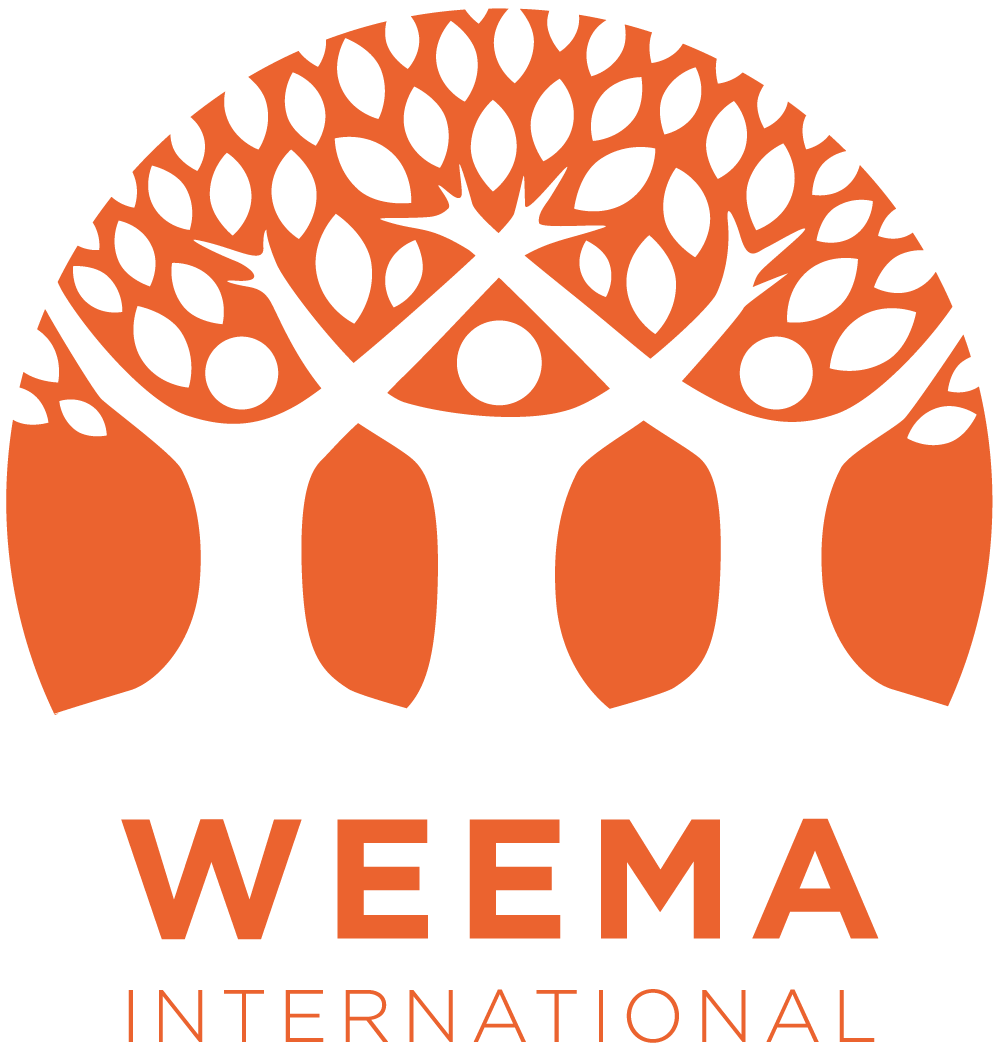Inclusive Education
THE ISSUE
Inclusive education aims to provide equal educational opportunities for all students, regardless of their abilities or disabilities. It promotes a sense of belonging, fosters social cohesion, and enables students with disabilities to develop their full potential within mainstream educational settings.
Ethiopia, like many low and middle income countries, faces numerous challenges in implementing inclusive education in rural areas. Limited resources, infrastructure, and specialized support services make it difficult to meet the diverse needs of students with disabilities. However, the government of Ethiopia is actively working towards inclusive education to ensure that every child has the right to education.
Collaboration and involvement of teachers and community leaders are essential for the success of inclusive education. Because disabilities are often misunderstood and believed to be a curse from God, community engagement is particularly crucial because it helps raise awareness, reduces stigma, and promotes acceptance of students with disabilities. Finding children with disabilities is also challenging. It often means going house to house within a village to enroll these students.
Schools also need to adapt their infrastructure to accommodate students with disabilities including constructing wheelchair ramps, installing accessible toilets, and ensuring school grounds are physically accessible. They also need to provide necessary materials, equipment, and assistive devices such as braille materials, hearing aids, visual aids, and other adaptive technologies.
Teachers play a vital role in the success of inclusive education. Efforts are being made to equip teachers with the knowledge and skills necessary to support these students effectively. Training programs focus on inclusive teaching methods, differentiation strategies, and the use of assistive technologies.
WEEMA’S COMMUNITY-LED INTERVENTION
WEEMA partners with local education departments and government schools to establish inclusive education programs. WEEMA’s comprehensive approach includes establishing resource rooms, training teachers and administrators on inclusive education, and providing assistive devices to students. We also prepare students and parents with school orientation sessions, host community outreach campaigns, and make schools more accessible with ramps, land leveling and paved walkways. Because of WEEMA’s inclusive education program at several schools, additional schools decided to add inclusive education programs on their own.
Our work in inclusive education has been recognized by Ethiopia’s regional education bureau. WEEMA was also awarded InterAction’s Disability Inclusion Award in 2022.
FUNDING AND IMPLEMENTING PARTNERS
Dorothea Haus Ross Foundation
INCLUSIVE EDUCATION LOG FRAME
(What is a log frame? A logical framework, often referred to as a log frame, is a planning tool used in international development to design, implement, monitor, and evaluate projects. It establishes a coherent structure to identify and express the project's goals, objectives, activities, inputs, outputs, outcomes, and impacts, while also defining the indicators for measuring success and identifying potential risks and assumptions. This framework fosters accountability and ensures that projects are effectively addressing identified needs and expected results.)
LONG TERM DATA
SUCCESS STORY
“I have hope for the future because now, I am educated.”
Like many students, Ahmed is very studious. But, unlike most students, Ahmed is 30 years old, married, and has three children. In addition, Ahmed has a severe visual impairment- he lost his vision in the 8th grade and dropped out of school because there were no resources for students with disabilities at the time. For years, Ahmed felt like a burden to his family and feared he would have to beg on the streets to support his family. This all changed when he heard about the Inclusive Education Program at Saruma and enrolled himself.
Ahmed re-started school two years ago, has learned to read and write in Braille, and is currently in the 10th grade. Despite taking him an hour to walk to school, he is happy and hopeful for his future. He dreams of becoming a teacher to support other students with disabilities and wants to be a role model for others in the community.

